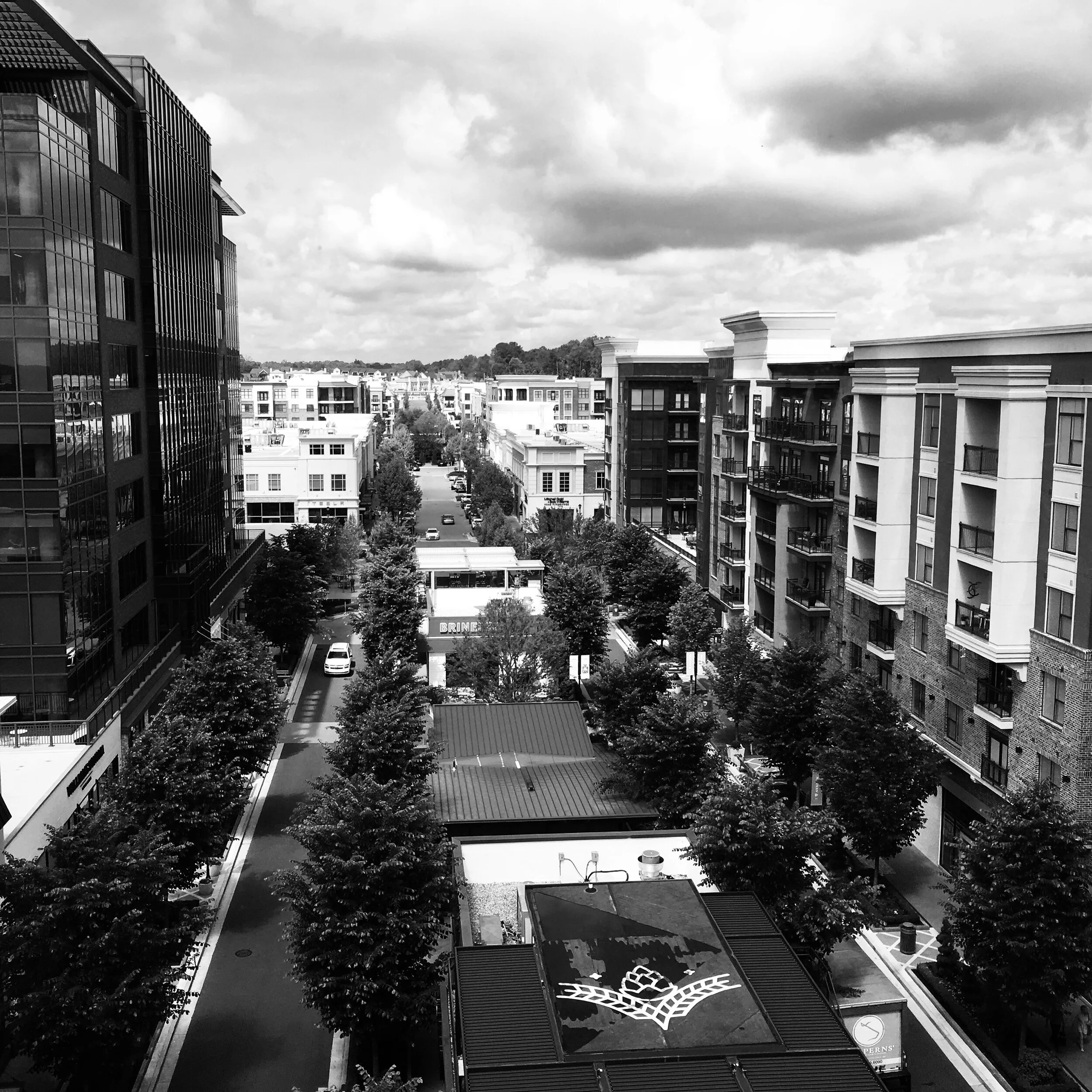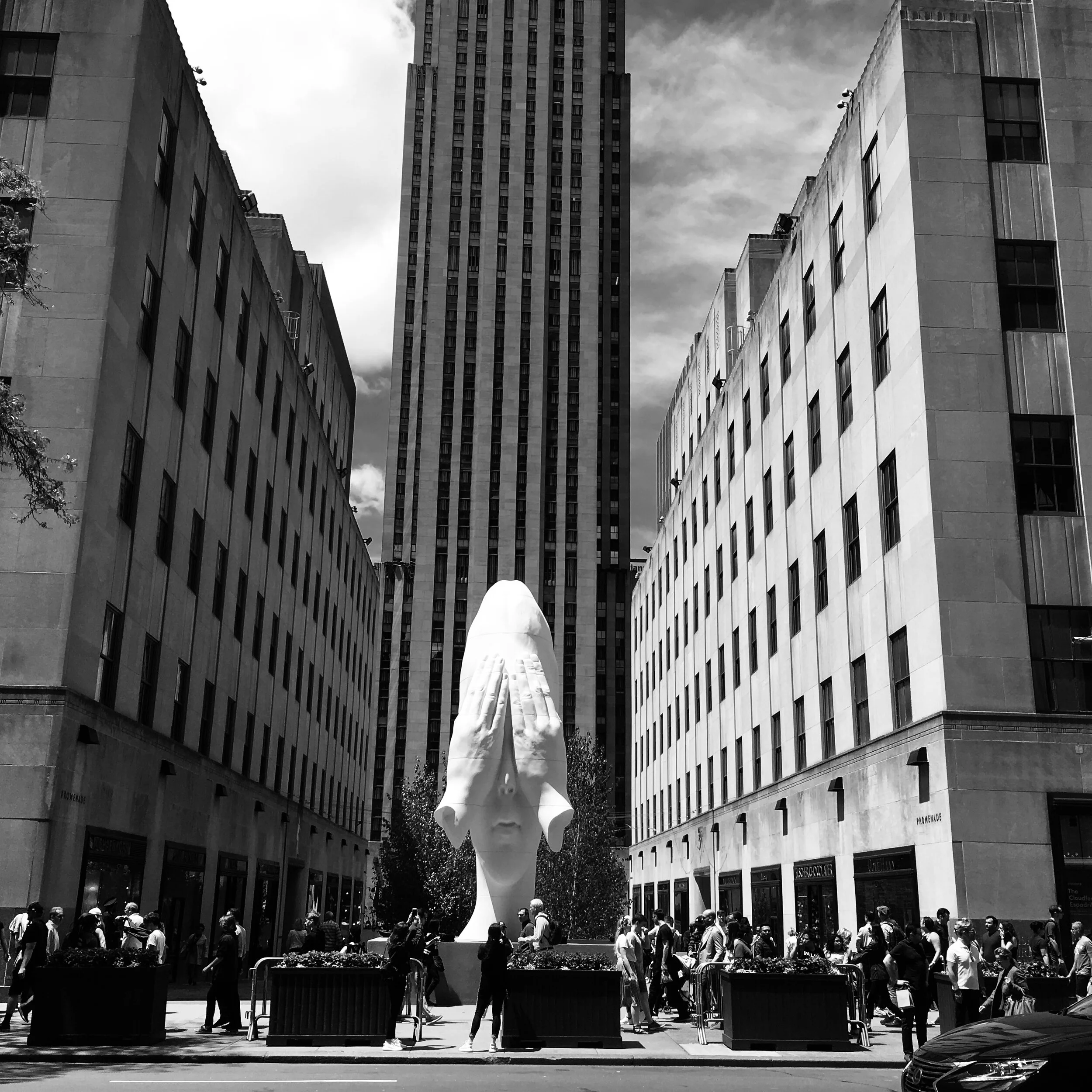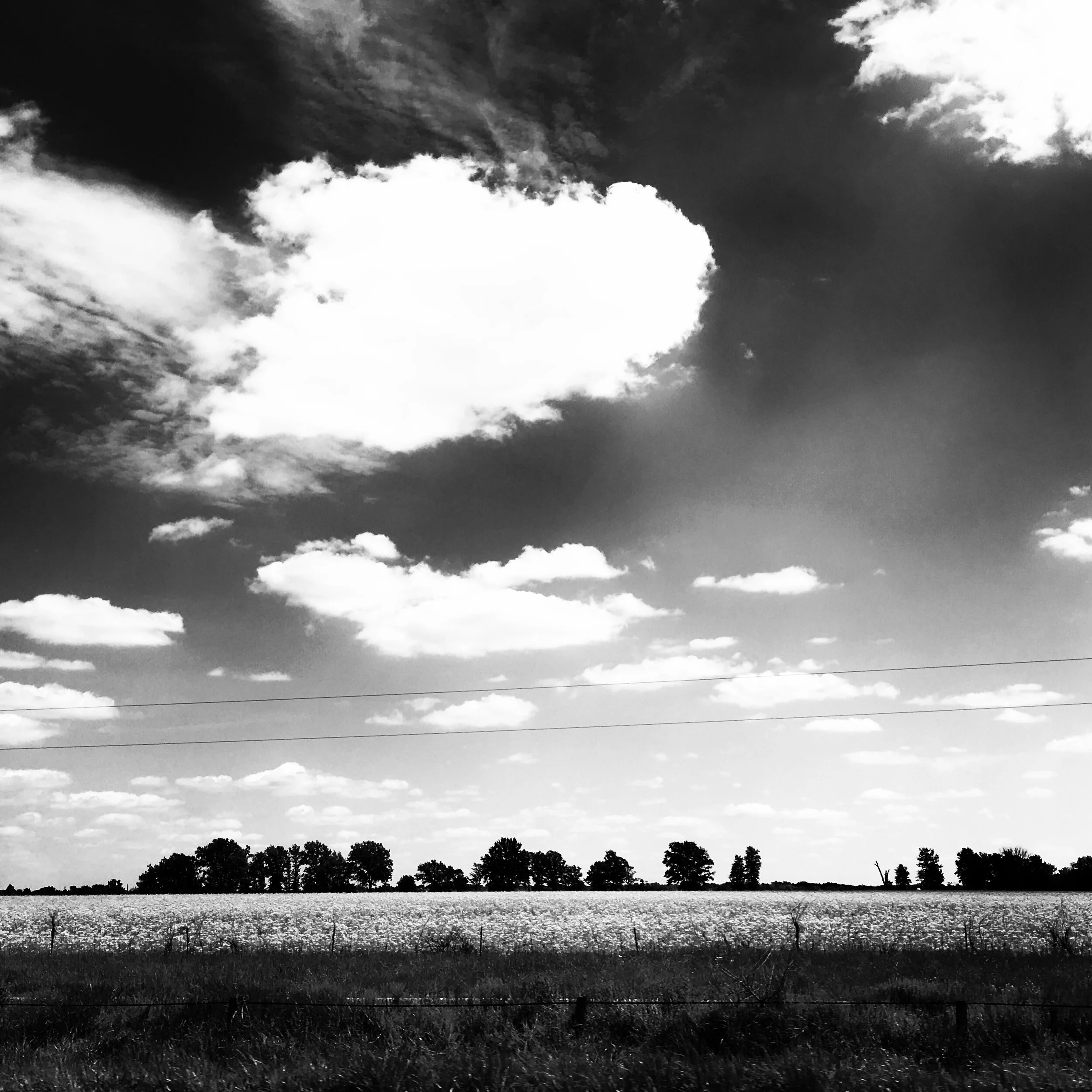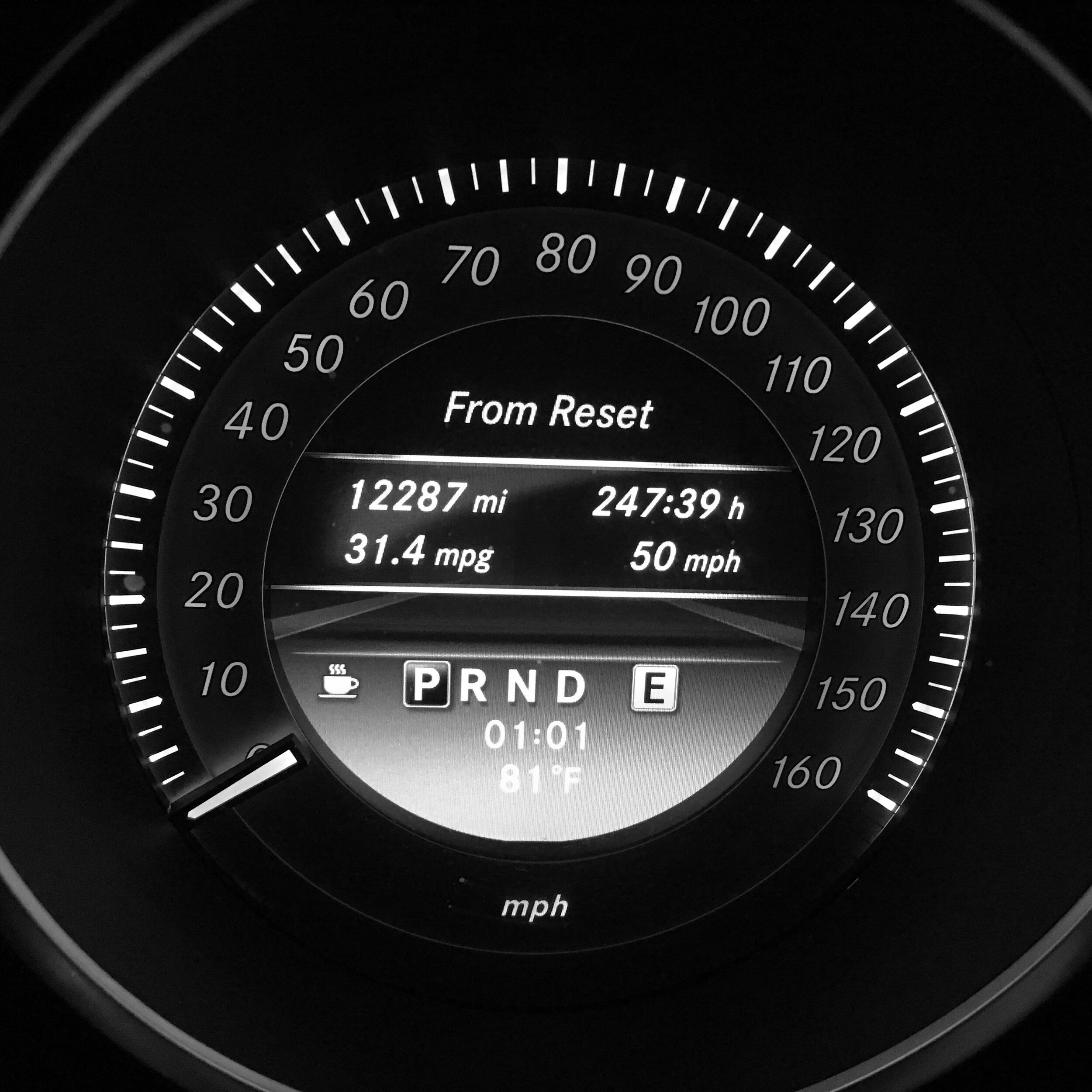Vintage Motor Sports Interview
Meet The Photographer Behind The Legends Of Speed Images
Atlanta, GA — Last week’s story about Phoenix Art Museum’s virtual tour of its Legends of Speed exhibit prompted us to take a deeper dive into the photographer behind the stunning Ferrari image provided by the museum. That led us to Atlanta-based Bill Pack, who kindly shared his time to answer our questions about how he captured all 22 cars for the museum’s exhibit catalog.
VM: How were you selected to photograph the cars in the Legends of Speed exhibit?
BP: My story with the exhibit began at the 2019 Amelia Island Concours where I was signing copies of my book, V12 Automotive Art Volume One. A mutual friend introduced me to Carter Emerson (co-chair of the Phoenix Art Museum Board of Trustees), who’s an avid collector of automotive books. We started talking about my book, imagery and my lighting process for photographing cars.
Photo: Bill Pack / V-12 Enterprises - 1953-Jaguar-C-Type
In our conversation, Carter talked about the museum and a car exhibit project he was working on. He was interested to learn that I have traveled around the world to owner’s locations to create my imagery, yet when you view the images, it appears they were all created in the same location.
He was also drawn to the imagery because it was not typical car photography. It had more emotion and leaned towards an art point of view.
The Wednesday after Amelia Island I got a call from Peter Shikany of PS:Studios in Phoenix. He began the conversation telling me about the museum project. I thought Carter had sent him my information, but it turns out he found me on his own. Peter was also drawn to my style and that I created my imagery at owner’s locations while retaining a cohesive look and feel. As we were talking, Peter got an email from Carter to check out my work. It was serendipitous and within a month I was on the road to begin photographing 22 legendary and iconic race cars.
VM: Did you or the museum make all of those detailed arrangements with the car owners?
BP: I created the shooting order and dates to photograph the cars; thankfully Peter and the museum made all of the detailed arrangements with the car owners.
Starting Point
Indianapolis Motor Speedway
NYC
At first I was going to hop on a plane and fly to all of the locations, but as I was planning the shooting order, a route emerged that called for a once-in-a-lifetime road trip. On April 10, 2019 my wife and I began this amazing Gran Turismo which took us to all four corners of the United States and to many points in between.
In total, the trip was a 12,000-mile, three-month journey in which I created imagery for the Legends of Speed exhibit book, which I am very proud of. Peter and his team were an absolute pleasure to work with. Brad Jones, the lead designer, created an amazing book design, which has already won an ADDY award.
Midwest
Palm Springs
Final Milage
VM: How do you apply your unique style to the actual process of photographing a car?
BP: My background in photography began at the Brooks Institute of Photography in Santa Barbara, Calif. I had an advertising photography studio in San Francisco for about 20 years, and that’s where I developed my lighting style and started to explore a lighting process called painting with light.
I started working more toward art imagery; rare and iconic cars became my subject of choice. It took a few years to develop the type of light I was looking for. At the time there was really only one main option — big box lighting which took massive amounts of equipment, space, time and staff to set up and break down.
I knew that was not the direction I wanted to go. Big box lighting gives one look and feel and you have to work within the range the light will give you. I wanted something that would allow me massive control of my lighting to create the imagery I was seeing in my mind’s eye.
Photo: Bill Pack / V-12 Enterprises - 1958-Scarab
Painting with light offered me that control for small still life sets, but was not the right light for the reflective qualities of cars. I began testing and developed lights which would allow me that level of control with cars.
I approach cars from the point of view that the car is a work of art. With my light I sculpt the lines of the designer, presenting them in a way not seen before, ultimately creating imagery that can be hung as art.
VM: Was there one of the 22 cars that was hardest to capture? Easiest?
BP: Each car was a pleasure to photograph and each car created its own unique experience. I always start out with the profile shot of the car because each car and each space respond differently to the light.
Photo: Bill Pack / V-12 Enterprises - 1914-Duesenberg
The profile shot allows me to learn the room and the car. I then adjust to that response. The best way to describe the interaction is of a call and response conversation. I create and light one image and that leads me to the next image. I long ago abandoned a shot list because what is revealed to me is so much more interesting. It is a very organic process.
VM: Personal favorite?
BP: Sergio Scaglietti is one of my favorite automotive designers. Having the privilege of working with two of his designs, the 1957 Ferrari 315 S Scaglietti Spyder and the 1962 Ferrari 250 GTO, was very special.
I view the cars, the travel, the locations and the people I have met along the way as a combined experience — which has resulted in my favorite project to date.
VM: Closing thoughts?
BP: I thank Carter Emerson and Lyn St. James for taking on this project; without their efforts, it would have never happened. I also thank Gilbert Vicario, the Phoenix Art Museum’s Deputy Director and his staff, along with all the writers, Peter Shikany of PS:Studios and his crew for putting their trust in me to create the imagery for the Legends of Speed book.
Photo: Bill Pack / V-12 Enterprises - 1952-Mercedes-300-SL










